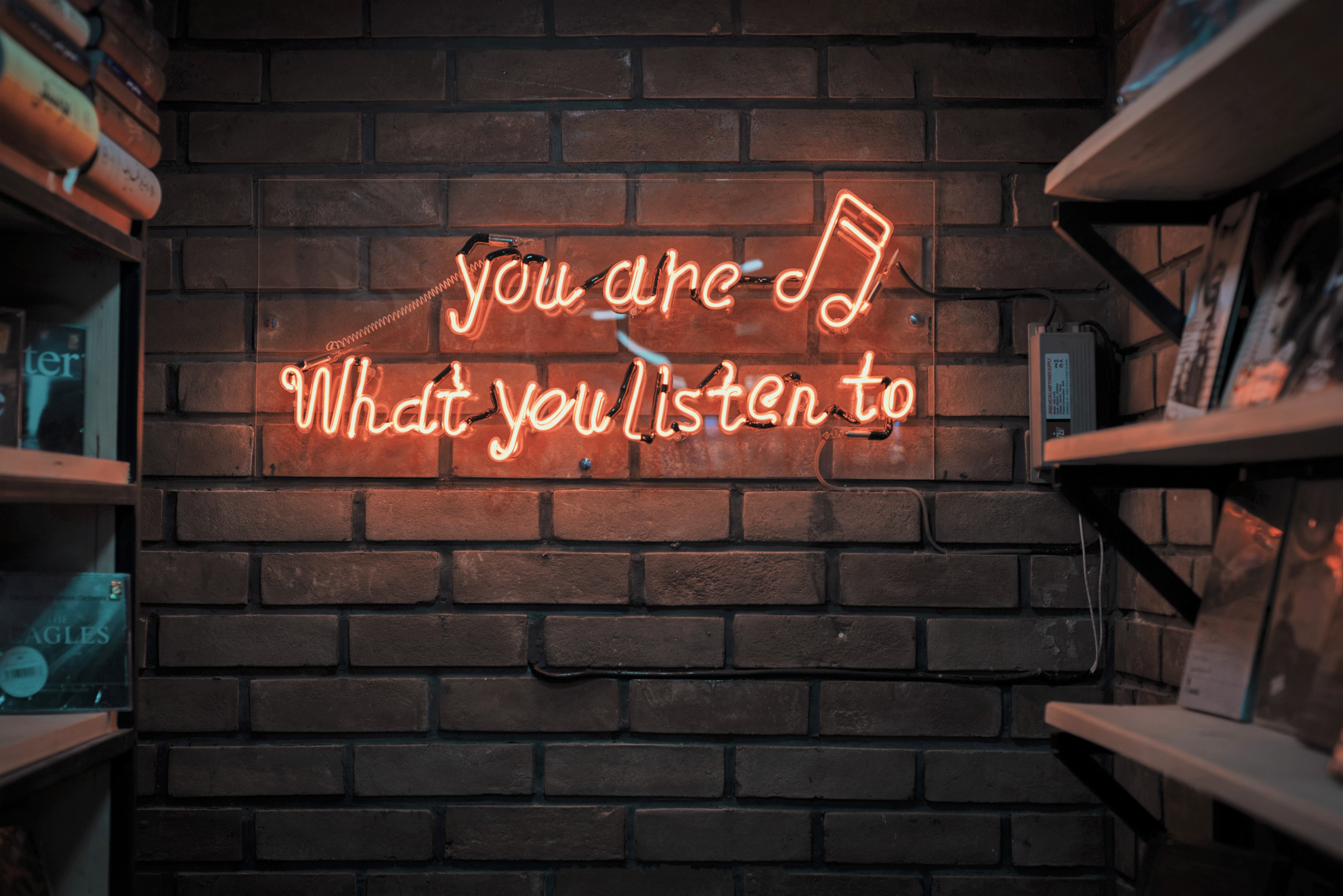Overshadowed by Rival Media, Radio Gets Aggressive

When recent headlines proclaimed social media surpassed print as the number three global ad category behind TV and paid search, radio wasn't part of the conversation. That's a constant thorn in the industry's side. If you listen to top radio brass, their media can stand tall against any other platform. The problem is convincing agencies and brands. To grow share and generate more revenue, radio needs a bit of science and art. Sellers need to share more data to demonstrate radio's worth. They also need access to buyers and marketers to communicate how radio's local expertise and beloved personalities, as well as new digital offerings such as podcasting, can deliver what they see as unrivaled capabilities.
For a high-profile case study, radio can point to consumer package giant Procter & Gamble. In what's become a bit of industry lore, two years ago, at the direction of P&G executive John Fix, the company invested heavily in radio advertising. The move sparked intrigue, with marketers watching closely to see if it was a prudent strategy.
So, has P&G's foray into radio advertising been fruitful? Fix, the lead analyst for P&G's North American oral care media, doesn't have an easy answer. Affectionately known in his office as “The Radio Guy,” he is a proponent of radio who told attendees at last month's Radio Show that he feels vindicated by early results. However, he added, he is still evaluating the results.
Radio does deliver the mass reach Fix said his brands need to get into American medicine cabinets. “We do know that we can buy radio and see a good result, as it goes to our reach,” he said in an interview with Nielsen's managing director of audio, Brad Kelly. While it may sound old-fashioned to focus on reach in this era of targeted, real-time advertising, Fix wants huge audiences to hear about his products. “I believe [that because of] the way my brands need to grow, reach is still a very important measure for us,” he said. However, on the downside, Fix lamented that radio is challenging to navigate, including buying national or local, network and spot.
So, if the person who engineered P&G's return to radio isn't completely convinced, what will it take for other brands to embrace radio? As iHeartMedia chairman Bob Pittman said at Radio Show: “The future of the business is to have the data.”
With brands under relentless pressure to show ROI, data, research, and analytics are more important than ever. One of digital media's biggest advantages is the ability to provide troves of real-time intelligence. With advertisers continuing to plow money towards digital ads, it is safe to say that data has helped digital marketers address concerns over brand safety, transparency, and fraud that have dogged the industry.
Radio can now deploy a more sophisticated data game, and digital is partly to thank. When users listen to podcasts, AM/FM live streams, and station mobile apps, radio companies are gleaning valuable data on demographics and listening habits. At iHeartMedia, Pittman said, about one-third of its stations' radio listeners also use iHeartRadio.com, allowing the company to match up behaviors. Custom studies with research firms such as Nielsen can marry first- and third-party data to connect listening habits with consumer behavior, allowing for more data-driven pitches. Marketers are taking note. In the past two years, Fix said, radio has gotten much better at providing granular data — and any data, for that matter.
And yet, radio still struggles to raise rates and gain market share. Cumulus Media/Westwood One chief executive officer Mary Berner sees a “perception versus reality disconnect” in the ad community, where radio's capabilities are not fully appreciated or understood. Terrestrial radio, she said, boasts enormous reach (93 percent of Americans use radio regularly, according to Nielsen) and compelling content that connects with listeners. Add in radio's growing digital presence with streaming, podcasts, smart speakers, and even video, and radio offers more touchpoints than ever, Berner said. That, she contended, is the future.
“As an industry, we need really lean into the shift from radio to audio; it allows us to participate in new revenue streams and business models,” she said. And yet, radio execs complain that they're undervalued and underutilized.
To survive — and thrive — in the new media ecosystem, radio broadcasters must continue to invest in better measurement and aggressively develop and sell digital. Radio's capability to deliver frequency and reach, combined with digital's targeted and premium opportunities, create a compelling package. Add in radio's beloved on-air talent now hosting podcasts, and the industry offers the very best endorsers. Radio needs to shout this to anyone who will listen — and then say it again.
For his part, Pittman said radio should take its pitch directly to brands. Print media, he noted, deftly developed intimate relationships with clients, and that has helped that industry weather the downturn. Similarly, radio sellers should go to brand executives and make their case for buying all of radio's products: on-air, online, voice, and anything else. Establishing direct relationships, he said, is the best way to prove the medium's worth and build the connections. After all, there's no one better to tell radio's story than the industry itself. P&G is listening. Now, radio needs to get others on board.
Photo credit: Mohammad Metri / Unsplash
Click the social buttons to share this story with your friends and colleagues.
The opinions and points of view expressed in this content are exclusively the views of the author and/or subject(s) and do not necessarily represent the views of MediaVillage.com/MyersBizNet, Inc. management or associated writers.


